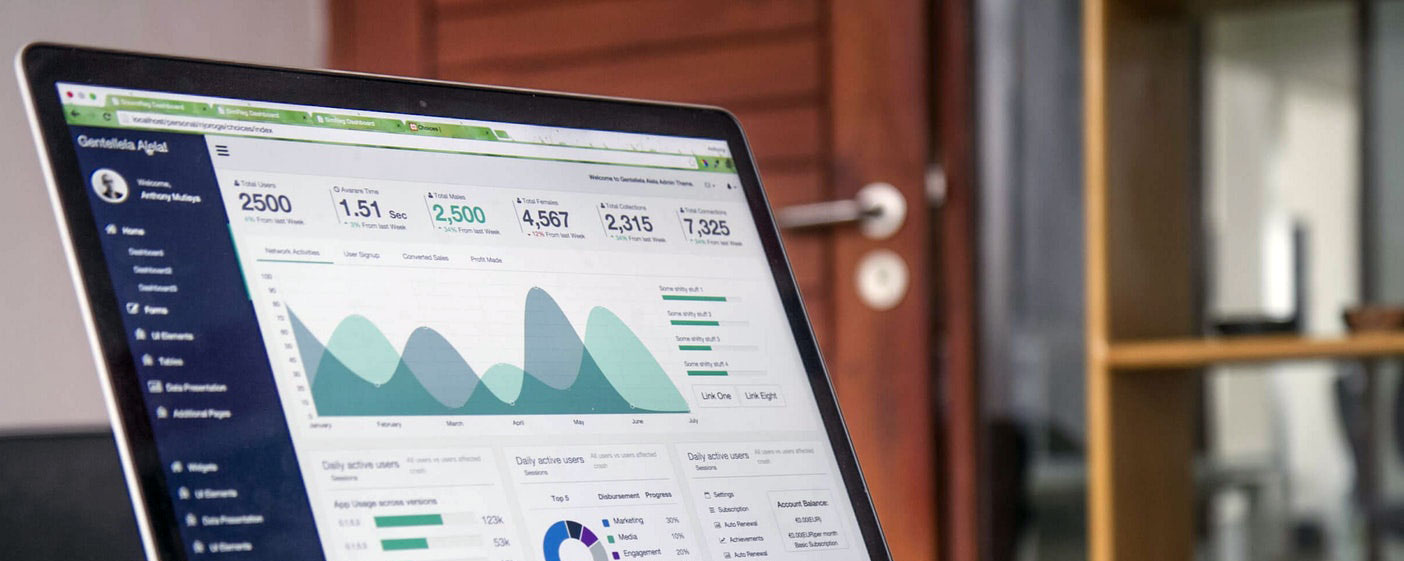
Getting Started with Trezor: A Step-by-Step Guide
If you’ve recently purchased a Trezor hardware wallet, you’re on the right path to securing your cryptocurrencies. Trezor is one of the most trusted hardware wallets, offering top-notch security for Bitcoin, Ethereum, and hundreds of other digital assets. This guide will walk you through the setup process using Trezor.io/start to ensure your crypto remains safe.
Why Use a Trezor Hardware Wallet?
Before diving into the setup, it’s important to understand why Trezor is a preferred choice for crypto security:
-
Offline Storage: Private keys never leave the device, protecting you from online threats.
-
User-Friendly Interface: Easy setup and management via Trezor Suite.
-
Wide Cryptocurrency Support: Stores Bitcoin, Ethereum, Litecoin, and many altcoins.
-
Advanced Security Features: PIN protection, passphrase support, and firmware updates.
Step 1: Unboxing Your Trezor Device
When you receive your Trezor (Model T or Trezor One), ensure the packaging is intact. Look for anti-tamper seals to confirm it hasn’t been compromised. Inside the box, you’ll find:
-
The Trezor device
-
USB cable (Type-C for Trezor Model T, Micro-USB for Trezor One)
-
Recovery seed cards
-
Instruction manual
Step 2: Connecting Your Trezor to a Computer
-
Visit Trezor.io/start in your browser.
-
Download Trezor Suite (the official desktop app) or use the web-based version.
-
Connect your Trezor device using the provided USB cable.
Step 3: Installing Firmware
If this is your first time using the device, Trezor Suite will prompt you to install the latest firmware. Firmware updates ensure your device has the latest security patches.
-
Click “Install Firmware” and wait for the process to complete.
-
Do not disconnect the device during installation.
Step 4: Setting Up Your Trezor Wallet
Once the firmware is installed, follow these steps:
-
Create a New Wallet – Select “Create new wallet” if this is your first setup.
-
Generate a Recovery Seed – Your device will display a 12-24 word recovery phrase. Write it down on the provided seed card in the exact order shown.
-
Never share or store this seed digitally (no photos, cloud storage, or emails).
-
-
Confirm the Recovery Seed – Trezor will ask you to re-enter some words to verify you’ve written them correctly.
Step 5: Setting Up a PIN
To add an extra layer of security:
-
Choose a PIN (up to 9 digits).
-
Re-enter the PIN to confirm.
-
If you forget your PIN, you can recover your wallet using the seed phrase.
-
Step 6: Accessing Your Wallet
Now that your Trezor is set up:
-
Open Trezor Suite and connect your device.
-
You can now receive, send, and manage your cryptocurrencies securely.
Additional Security Tips
-
Enable Passphrase (Optional): Adds an extra word to your recovery seed for advanced security.
-
Use Shamir Backup (Trezor Model T): Splits your seed into multiple parts for added protection.
-
Regularly Update Firmware: Always keep your Trezor up to date.
Final Thoughts
By following Trezor.io/start, you’ve taken a crucial step in securing your crypto assets. Trezor’s combination of ease of use and robust security makes it an excellent choice for both beginners and advanced users.
